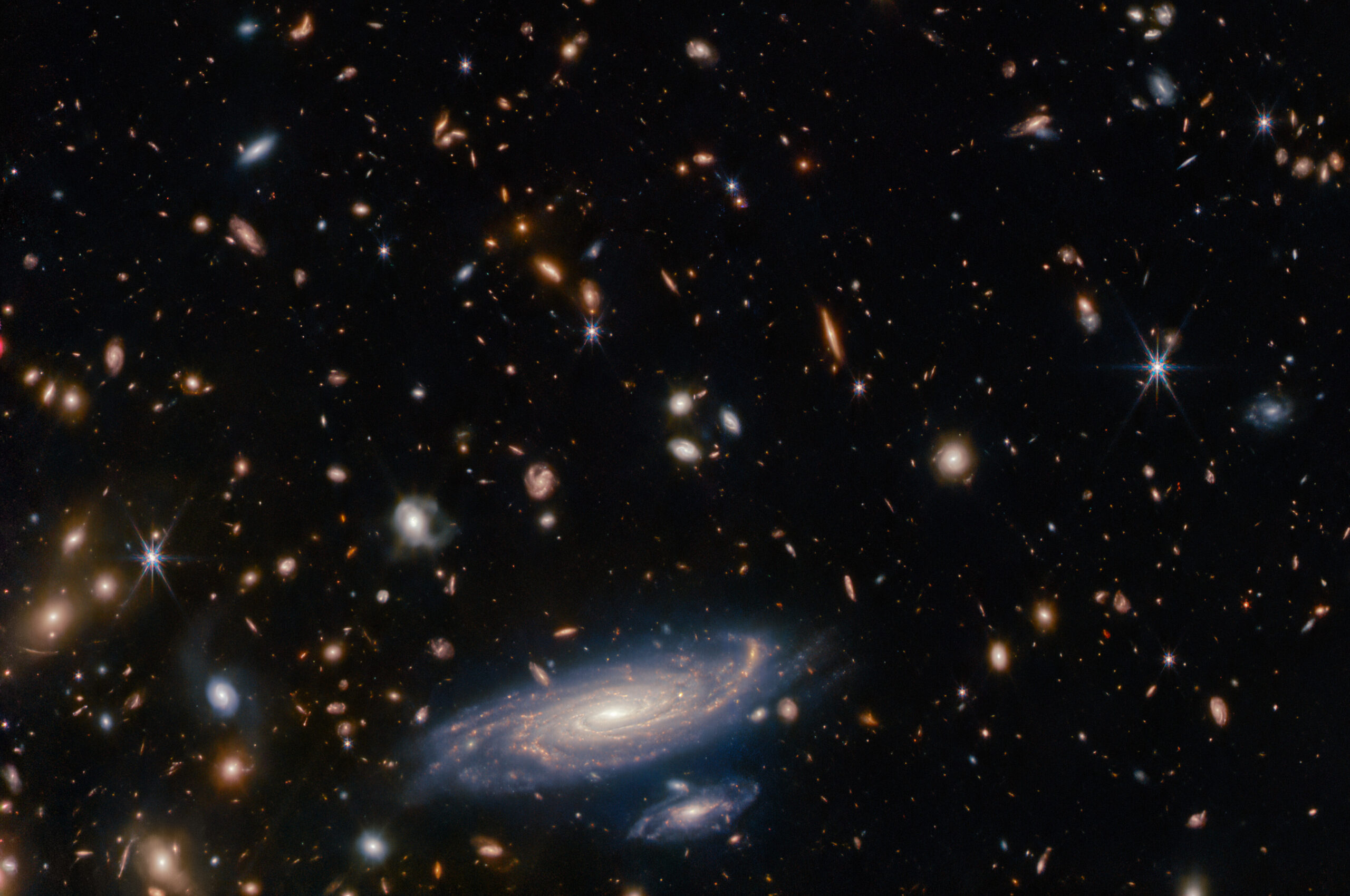The Surprising Expansion History of the Universe
March 25, 2025
18:30 CET
University of Bern,
Institute für exakte Wissenschaften,
Hörsaal A 006,
Sidlerstrasse 5, 3012 Bern
‼️ Due to the speaker’s request, the talk will not be live-streamed or recorded. We appreciate your understanding and look forward to your participation in person.
The magnetic field is fundamental to solar activity and shapes the interplanetary environment, as shown by the full three-dimensional monitoring of the heliosphere provided by measurements from many past and present interplanetary and remote sensing spacecraft. Magnetic fields are also the source for coronal heating and the very existence of the solar wind; produced by the sun’s dynamo and emerging into the corona, magnetic fields become a conduit for waves, act to store energy, and then propel plasma into the Heliosphere in the form of Coronal Mass Ejections (CMEs). Magnetic fields are also at the heart of the generation and acceleration of Solar Energetic Particle (SEPs) that modify the space weather environment of the Earth and other planets.
Parker Solar Probe (PSP)’s launch in 2018, followed by Solar Orbiter (SO)’s launch in February 2020 have opened a new window in the exploration of solar magnetic activity and the origin of the Heliosphere. The first direct measurements of the plasma in the closest atmosphere of our star have already produced significant surprises, including the presence of folds in the magnetic field called switchbacks that come in patches, the prevalence of the bursty phenomenon known as magnetic reconnection together with turbulence in the outer corona and accelerating solar wind.
More than three decades ago the late Johannes Geiss started to think about creating a new kind of institute where the space science community could work together. It would be tasked with contributing to a deeper understanding of the results from space research missions, adding value to those results through multi-disciplinary research in an atmosphere of international cooperation. By using his characteristic enthusiasm and perseverance he managed, together with a small group of Swiss colleagues and against all odds, that ISSI could open its doors in 1995 with a workshop on The Heliosphere in the Local Interstellar Medium.
